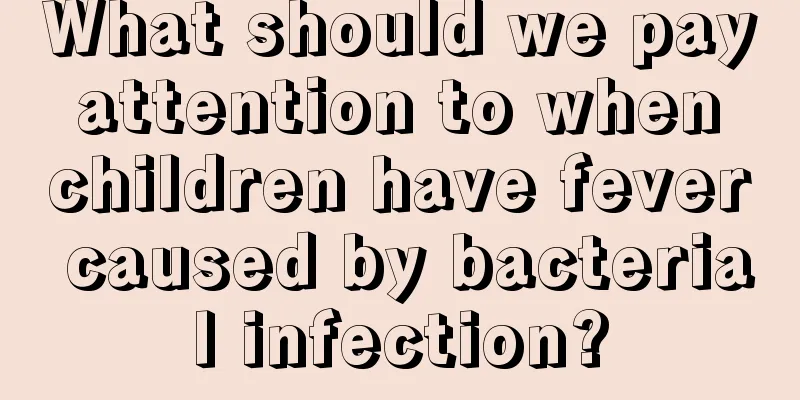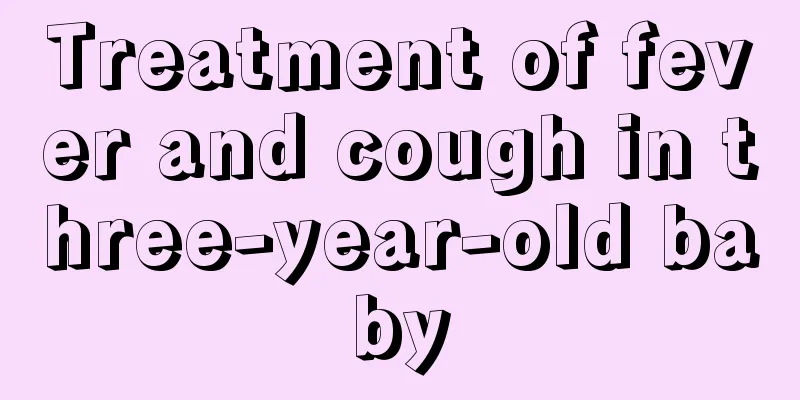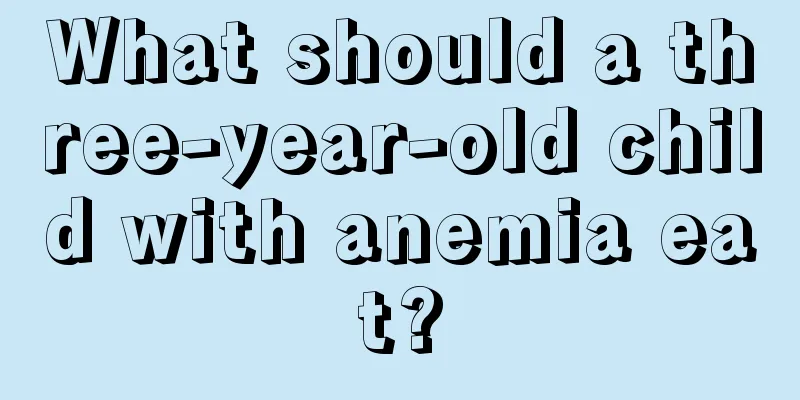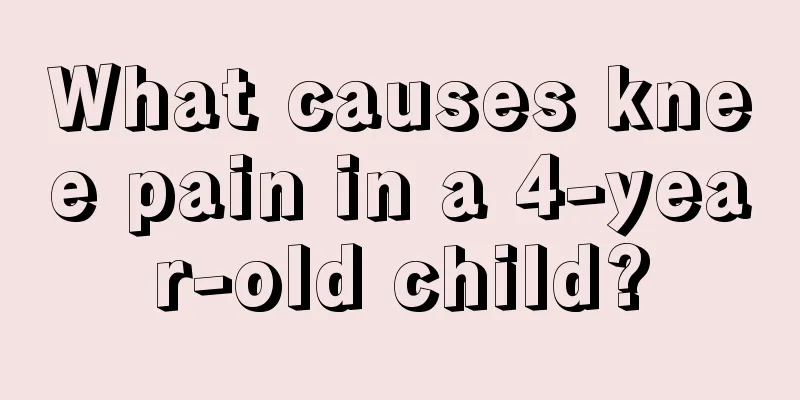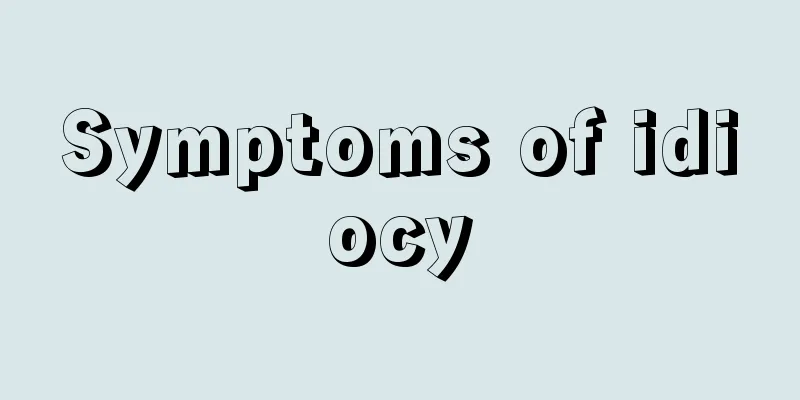How to treat drooling in children with cerebral palsy

|
If a child with cerebral palsy drools, parents will definitely be very worried and want to know the relevant treatment methods for drooling in children with cerebral palsy, so as to help the child recover his health. So how to treat drooling in children with cerebral palsy? Next, this article will introduce how to treat drooling in children with cerebral palsy, for your reference only. Friends who want to know more about this may wish to take a look! Cerebral palsy in children is also called cerebral palsy in children, commonly known as cerebral palsy. It refers to a syndrome characterized by postural and motor dysfunction caused by non-progressive brain damage during the immature stage of brain development within one month after birth. It is a common central nervous system disorder syndrome in children. The lesions are located in the brain and affect the limbs. It is often accompanied by symptoms such as intellectual disability, epilepsy, abnormal behavior, mental disorders, and visual, hearing, and language disorders. How to treat drooling in children with cerebral palsy? First of all, there must be a correct sucking method. By training babies with cerebral palsy to suck, the phenomenon of drooling can be reduced. Secondly, laryngeal elevation training can be performed: the child places his fingers on the upper edge of the instructor's thyroid cartilage. As the instructor swallows, feel the thyroid cartilage move upward. Then have the child face a mirror. Imitate the same feeling. Place your fingers on your own thyroid cartilage, imitating the operator's movements. Again, you can perform cold stimulation of the pharynx: use a frozen cotton swab dipped in a small amount of water to gently stimulate the soft palate, root of the tongue, and posterior pharyngeal wall. Make it swallowing movement, you can train it twice a day. Finally, comprehensive rehabilitation treatment is carried out. Such as movement (sports) therapy, including gross motor skills, fine motor skills, balance and coordination training; such as crawling, purposeful identification (nose, ears, etc.), training to grasp objects, hold objects, sit up, swing, walking with support (back against the wall, facing the wall), in-situ movement (bending over to pick up objects, foot lifting training, standing on one leg, jumping on the spot), walking and running; physical therapy, including electrical nerve stimulation therapy, warm therapy, hydrotherapy; there is also occupational therapy, which is ability training, but the therapeutic effect is average. Modern medical treatments are as follows: ① Surgery; ② Orthotics; ③ Water, electricity, light and sound therapy; ④ Language and communication therapy; ⑤ Treatment of motor function; ⑥ADL training. The above is an introduction on how to treat drooling in children with cerebral palsy. I believe that after reading the above introduction, everyone will have some understanding of the relevant treatment methods for drooling in children with cerebral palsy. In fact, parents can help their children treat drooling in children with cerebral palsy through relevant rehabilitation training. As long as parents persist in using these methods for a long time, the treatment effect is still very significant. |
<<: Treatment for vomiting in children
>>: What to do if you have cerebral palsy and drool
Recommend
Is it calcium deficiency if the baby twitches while sleeping?
If a baby twitches while sleeping, it may be beca...
Intellectual development of a three-year-old baby
During the baby's growth, parents are most co...
Can children eat watermelon if they have sore throat?
A baby is the future of a family, and the healthy...
Why does my child's leg hurt?
Children will always experience physical pain dur...
What's wrong with a child who doesn't pee?
The issue of babies going to the toilet has becom...
The reason why baby's eyes are red and have eye mucus
Speaking of eye boogers, I believe everyone is fa...
Seasonal skin allergies in children
Children have relatively poor resistance and are ...
What is the height and weight of a 1 year and 3 month old baby?
With a cry, the baby was born. After one year and...
Can children eat bayberry?
In order to have a balanced nutrition for childre...
Why does my child's scalp itch?
Perhaps most people have this experience: there i...
Normal temperature range for three-year-old children
In fact, when children are sick, the most common ...
Can babies eat yogurt at seven months old?
Mothers of seven-month-old babies want to feed th...
How long does it take for a child to crawl?
For little babies, they spend a period of time af...
Does it hurt to extract baby teeth?
Dental problems are not age-specific, especially ...
What are the hazards of hemangioma on the baby's head?
Hemangioma is a relatively common benign tumor, b...
